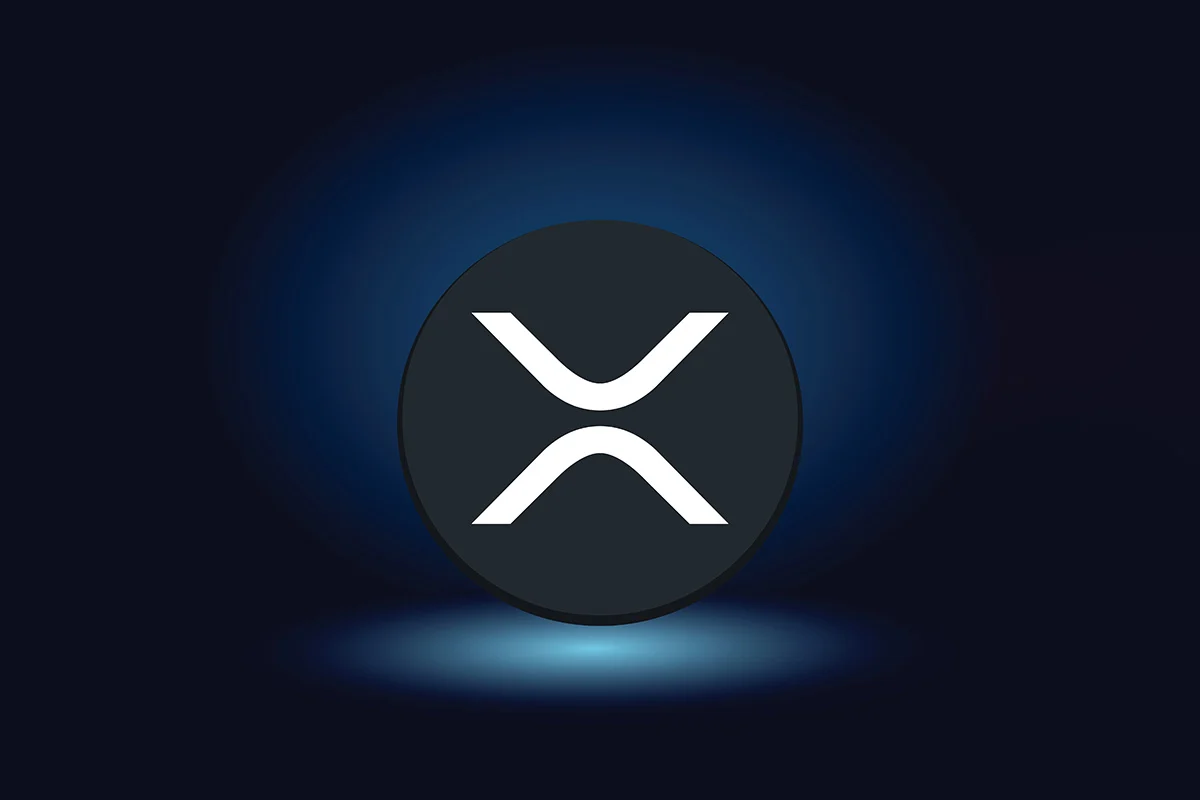Major crypto wallets, including Metamask and Phantom, have joined forces to launch a real-time phishing defense network in partnership with the Security Alliance, also known as SEAL.
Summary
- MetaMask, Phantom, WalletConnect, and Backpack have joined SEAL to launch a real-time phishing defense network.
- The system uses verifiable phishing reports to instantly alert participating wallets of malicious websites.
- SEAL’s initiative targets crypto drainers like Inferno and Angel Drainer, which have stolen millions through phishing campaigns.
The new defense network will “create a decentralized immune system for crypto security where anyone from around the world can prevent the next major phishing attack,” SEAL said in its Oct 21 announcement.
The cohort includes prominent names like WalletConnect and Backpack, alongside MetaMask and Phantom, who will form the backbone of this decentralized security initiative that hopes to protect “end users with real-time phishing protection against the most sophisticated hackers.”
SEAL will leverage its Verifiable Phishing Reports technology to automatically validate and share user-submitted phishing reports across participating wallets in real time. Launched last week, the tool allows users to submit cryptographically verified evidence of malicious websites based on the exact content they encountered.
“By forming this coalition with MetaMask, WalletConnect, Backpack, and Phantom, we’re able to use these submissions to create an end-to-end pipeline which leverages crypto’s decentralized network to build a global immune system, allowing a single person to protect the entire community,” the announcement said.
According to SEAL, the defense network was developed in response to the growing wave of crypto drainers like Inferno Drainer, Angel Drainer, and Ace Drainer, which have been constantly adapting their tactics to bypass traditional security measures.
For those unaware, drainers are basically malicious scripts or toolkits designed to stealthily siphon crypto assets from users’ wallets, and are often sold or shared among bad actors as a payable service in underground forums.
Typically, this lowers the barrier to entry for crypto thieves, as anyone with access to a ready-made drainer kit can launch their own phishing campaign without any technical expertise. Over the years, these toolkits have been used to steal multi-million dollar worth of cryptocurrencies and other digital assets.
Drainers like Angel and Inferno are known to constantly evolve to evade detection, making them a recurring threat. For instance, last year, blockchain security platform Blockaid discovered an updated version of Angel Drainer, dubbed AngelX, which reportedly surfaced after the original shutdown.
“Drainers are a constant cat and mouse game like most of security, working alongside SEAL and their independent researchers allows wallet teams like MetaMask to be more agile and apply SEAL’s research to practice effectively throwing a wrench at the drainer’s infra”, Ohm Shah, a Security Researcher at MetaMask, said in the announcement.
With the new system, SEAL expects “quicker response times” when it comes to detecting and neutralizing phishing threats.
Source: https://crypto.news/metamask-phantom-real-time-phishing-defense-network/


